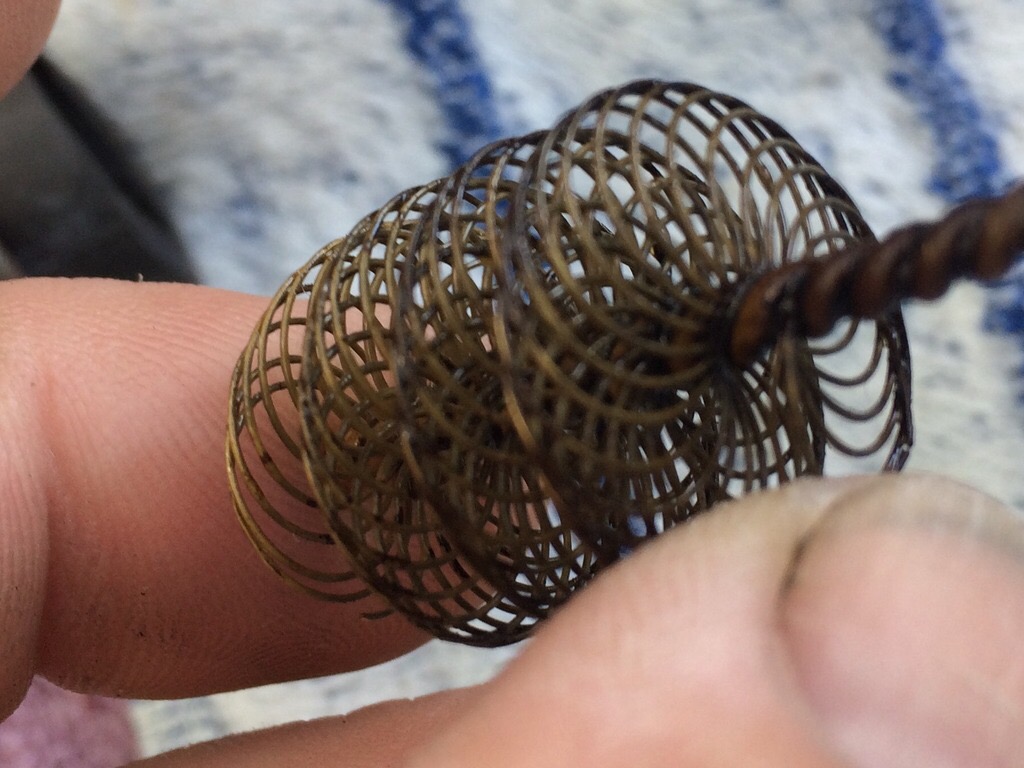paul
XjunkieNL
I just posted this in a reaction to an other post.
Maybe it's a good idea to post it also as a separate thread.
Last summer I have had a bad experience with the small crankcase filter.
On a holiday trip I drove in the rain and the filter got moist.
Well heavy rain, here is a photo of me driving on the autobahn.

In about 400 miles I lost 3,5l oil.
Exactly all of it, red light on.
After putting all the oil in I had with me, I looked for a petrol station.
This is how much oil was leaking, after standing still for a few minutes.

Not sure what the reason was, I took of the breath filter.
My oil leakage disappeared.
I'm pretty sure the moisture together with the oil fumes created over pressure.
This resulted in the leakage on the crankcase seals.
Maybe it's a good idea to post it also as a separate thread.
Last summer I have had a bad experience with the small crankcase filter.
On a holiday trip I drove in the rain and the filter got moist.
Well heavy rain, here is a photo of me driving on the autobahn.

In about 400 miles I lost 3,5l oil.
Exactly all of it, red light on.
After putting all the oil in I had with me, I looked for a petrol station.
This is how much oil was leaking, after standing still for a few minutes.

Not sure what the reason was, I took of the breath filter.
My oil leakage disappeared.
I'm pretty sure the moisture together with the oil fumes created over pressure.
This resulted in the leakage on the crankcase seals.






